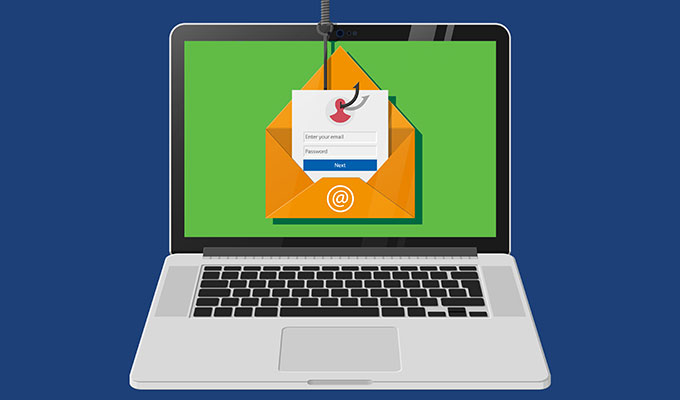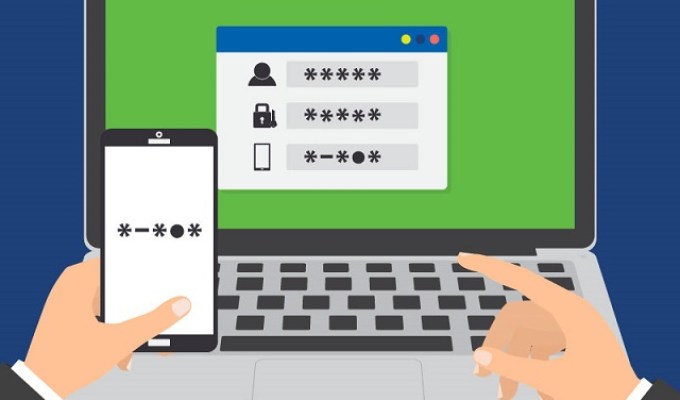Shadow IT, the hidden threat inside your organization
Let’s face it, most end users aren’t focused on security, which makes the work of the IT team that much harder. The growing list of threats to businesses seem endless and managing your organization’s security posture can be an overwhelming task. How can the risks of “shadow IT” be mitigated? Before we dive into that, let’s back up a minute…
What is Shadow IT?
The term is very ominous, but to put it simply, shadow IT is software, applications, or BYOD devices used without the IT Department knowledge or approval. Shadow IT is a growing area of risk since it can provide initial access into your corporate network, which can cause devastating consequences.
Ok, so what’s the big deal?
Shadow IT can have a negative impact on your organization and here are just a few examples:
- Security risks – There’s an increased risk to your organization by expanded attack vectors and loss of visibility into applications and devices. This risk has increased exponentially due to remote workforces, cloud applications, BYOD and IoT devices.
- Loss of data – There’s a potential for your organization’s data to be stored in unauthorized cloud environments. When employees store data in unauthorized locations, there’s a loss of control over managing that data. If an employee is terminated, how will your organization retrieve the data?
- Compliance issues – If your organization is subject to compliance regulations, you could be out of compliance without even knowing and the potential for hefty fines!
- Headaches for your IT Department – Organizations typically standardize software applications such as email services, collaboration platforms, and productivity cloud environments, just to name a few. This is done for security reasons but also to streamline the knowledge management process for your IT Team.
What can you do about?
There are many ways to manage the risks associated with shadow IT. Start with the basics by ensuring your organization has an Acceptable Use Policy (or AUP) that includes a statement regarding the use of unauthorized applications and hardware, including BYOD devices. Every employee and contractor should review and sign off on this policy, annually. Next, make sure you’re providing monthly cybersecurity awareness training for your staff. Training will help educate your team to ensure they understand the growing number of security risks (including shadow IT), and how to protect themselves and your organization from emerging cyber threats. Lastly, consider implementing a cloud-delivered security solutions such as Cisco Umbrella or Microsoft Cloud App Security (MCAS Cloud Discovery), which provides visibility into applications used within your organization. Both services are easily managed through an interactive dashboard and offer additional features, which can holistically improve your organization’s security posture.
But it’s not all bad…
By gaining insight into applications, your organization can minimize the risks of shadow IT by reviewing and blocking high risk or unwanted applications, with just a few clicks of the mouse. But before taking a heavy-handed approach to blocking applications, remember that innovation can be driven by reasonable autonomy of your employees. For example, maybe someone on your team discovered a better application for collaboration and your organization decides to adopt it. Innovation often requires risk but managing that risk can be the driver behind key outcomes for your business.


